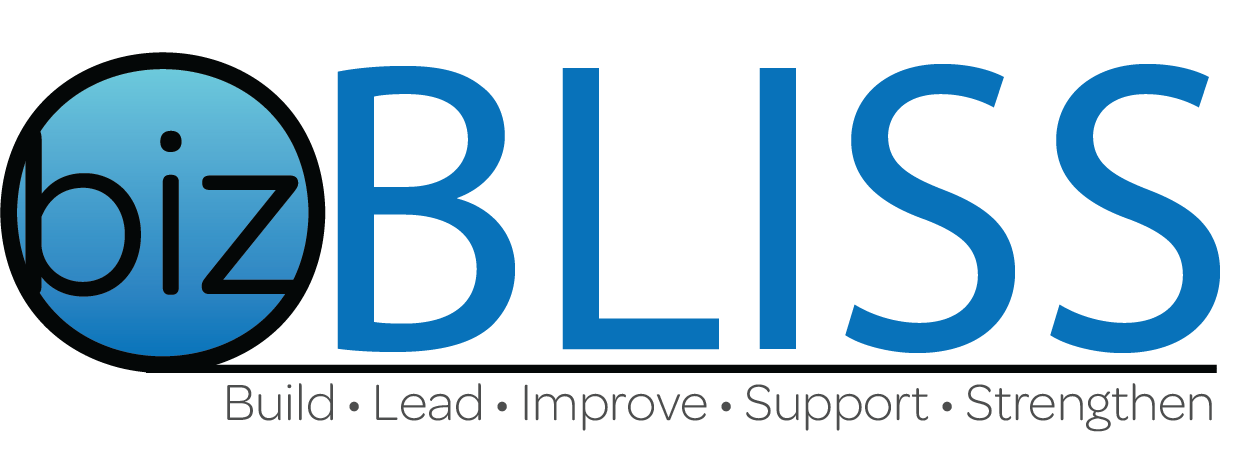How to Budget for Your Tech Stack: A Step-by-Step Approach

Allocating funds for a tech stack is a vital element for any business, regardless of whether it is a startup or an established organization. The tech stack, which encompasses the amalgamation of software, hardware, and tools utilized to construct and operate a company’s digital infrastructure, can significantly influence the overall prosperity and effectiveness of the business. Nevertheless, with the constantly evolving technology landscape and the extensive array of choices available, budgeting for a tech stack can be an intimidating undertaking. In this article, we will delve into the essential factors and recommendations for budgeting for a tech stack, aiding you in making well-informed choices and optimizing your resources.
The Significance of Budgeting for Your Tech Stack
Before we dive into budgeting tips, let’s first understand why it’s crucial to allocate your budget effectively for your tech stack.
Stay Competitive

by Carlos Muza (https://unsplash.com/@kmuza)
In today’s fast-paced business world, having the right technology can give you a competitive edge. A well-planned and executed tech stack can help you streamline your processes, improve efficiency, and ultimately, stay ahead of your competitors.
Avoid Overspending
Without proper budgeting, it’s easy to overspend on your tech stack. This can lead to financial strain and hinder your company’s growth. By setting a budget and sticking to it, you can avoid overspending and ensure that your tech stack investments are strategic and beneficial for your business.
Plan for Future Growth
As your business grows, your tech stack needs may change. By budgeting for your tech stack, you can plan for future growth and ensure that you have the necessary resources to support your business’s expansion.
Tips for Budgeting for Your Tech Stack
Now that we understand the importance of budgeting for your tech stack, let’s explore some tips and best practices to help you allocate your budget effectively.
Evaluate Your Current Tech Stack
Before you start budgeting, it’s essential to evaluate your current tech stack. Take a look at the tools and technologies you’re currently using and assess their effectiveness. Are there any tools that are no longer necessary or could be replaced with a more cost-effective option? By evaluating your current tech stack, you can identify areas where you can cut costs and make room for new investments.
Prioritize Your Needs

by Scott Graham (https://unsplash.com/@homajob)
When budgeting for your tech stack, it’s crucial to prioritize your needs. Identify the tools and technologies that are essential for your business operations and prioritize them in your budget. This will help you allocate your budget effectively and ensure that you have the necessary resources for your most critical needs.
Consider Your Business Goals
Your tech stack should align with your business goals. When budgeting, consider your company’s short-term and long-term objectives. Are there any tools or technologies that can help you achieve these goals? By aligning your tech stack with your business goals, you can ensure that your investments are strategic and beneficial for your company’s growth.
Research and Compare Prices
When adding new tools or technologies to your tech stack, it’s essential to research and compare prices. Don’t settle for the first option you come across; instead, take the time to explore different options and compare prices. This will help you find the best deals and ensure that you’re getting the most value for your money.
Leave Room for Flexibility
When budgeting for your tech stack, it’s crucial to leave room for flexibility. Your business needs may change, and you may need to add or replace tools in your tech stack. By leaving some wiggle room in your budget, you can accommodate these changes without overspending.
Consider Subscription Models
Many tools and technologies offer subscription-based pricing models, which can be more cost-effective than one-time purchases. When budgeting, consider opting for subscription-based tools, as they can help you save money in the long run.
Don’t Forget About Training and Support

by Christopher Gower (https://unsplash.com/@cgower)
When budgeting for your tech stack, it’s essential to consider the costs of training and support. Investing in training for your team can help them make the most out of your tech stack and improve efficiency. Additionally, having access to reliable support can save you time and money in the long run.
Revisit and Revise Your Budget Regularly
Budgeting for your tech stack is an ongoing process. As your business grows and evolves, your tech stack needs may change. It’s crucial to revisit and revise your budget regularly to ensure that it aligns with your current business needs and goals.
Examples of Budget Allocation for Tech Stacks
Let’s take a look at some real-world examples of how companies allocate their budget for their tech stack.
Small Business
A small business with a limited budget may prioritize essential tools such as a customer relationship management (CRM) system, project management software, and a website builder. They may also opt for free or low-cost tools for social media management, email marketing, and accounting.
Medium-Sized Business
A medium-sized business may have a more extensive budget and can invest in more advanced tools and technologies. They may allocate a significant portion of their budget to a robust CRM system, marketing automation software, and a project management tool. They may also invest in tools for data analytics, customer support, and collaboration.
Enterprise
An enterprise-level business may have a substantial budget and can invest in a wide range of tools and technologies. They may allocate a significant portion of their budget to a comprehensive CRM system, marketing automation software, and a project management tool. They may also invest in advanced tools for data analytics, customer support, collaboration, and more.
Who bears the responsibility for budgeting your tech stack?

by Ales Nesetril (https://unsplash.com/@alesnesetril)
Budgeting for your tech stack is a collaborative effort that involves various stakeholders. However, the responsibility ultimately falls on the shoulders of the company’s leadership team. They should work closely with the IT department, marketing team, and other relevant departments to ensure that the budget is allocated effectively.
Conclusion
Budgeting for your tech stack is a crucial aspect of managing your business’s finances. By following these tips and best practices, you can allocate your budget effectively and ensure that your tech stack investments are strategic and beneficial for your business. Remember to regularly revisit and revise your budget to accommodate any changes in your business needs and goals. With a well-planned and executed tech stack, you can stay competitive, avoid overspending, and plan for future growth.
